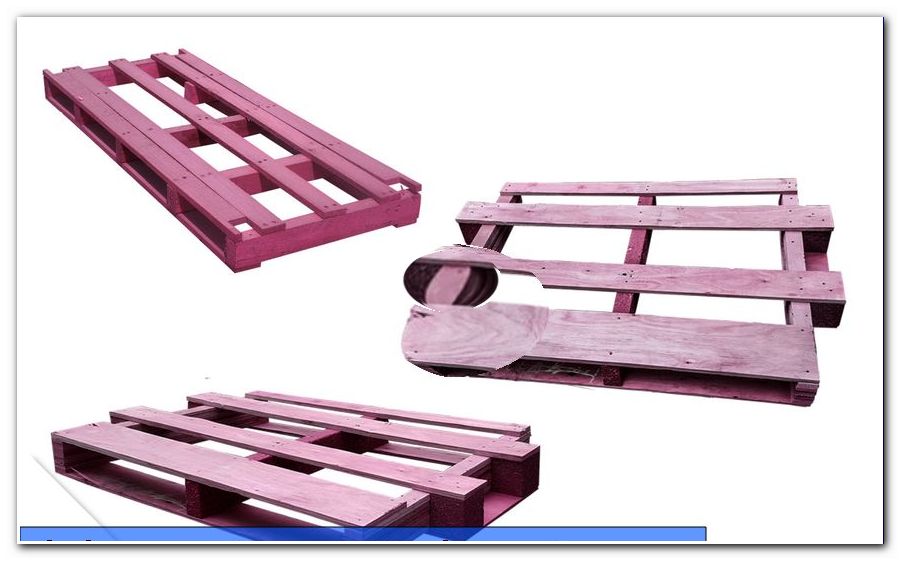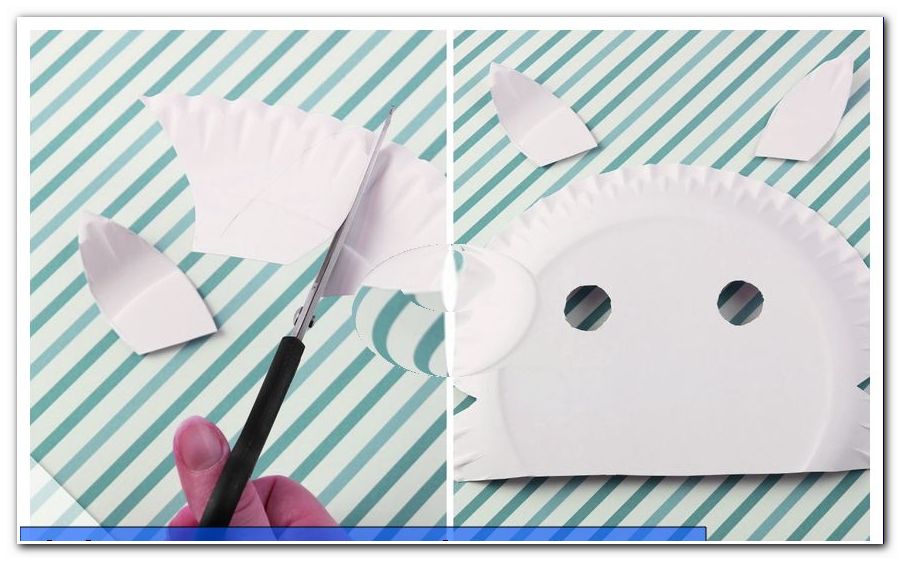Remove silicone from glass, tiles & co - good home remedies

- Costs and prices
- Remove silicone - the home remedies
- Remove fresh silicone
- Slight streaks on smooth surfaces
- Fine silicone layer
- Hard silicone
- Corrugated glass - patterned glass
Silicone is a practical and popular sealant that can be used for many purposes. But as practical as silicone is where it should actually go, it's annoying to remove the silicone from a delicate surface. We show you 5 home remedies that help you remove silicone while still protecting the surface.
In addition to acrylic, silicone is probably the most popular means to seal showers, windows and joints. As long as you remove the silicone immediately, if you have spilled something, the love for the sealant remains. It will be difficult, if you want to remove old seals made of silicone or dry hard silicone again. To remove silicone from tiles and glass, sharp blades are often used. But that can also cause ugly scratches on glass. Here are some tips and tricks to gently remove silicone on glass or tiles.
Material and preparation
- Eraser
- Plastic pot scourer
- spatula
- Acrylspachtel
- Disk scraper (car)
- hairdryer
- Cuttermesser
- microfiber cloth
- cotton cloth
- vinegar
- dish soap
- ice spray
- Baby oil / body lotion
- nail polish remover
Costs and prices
Many small things from your household are good for removing silicone from a surface such as glass or tiles. Therefore, the costs are very manageable. Whether it is the pot sponge made of plastic, which costs about 50 cents or a simple plastic scraper. Instead of the professional scraper you can even use a cheap ice scraper from the car. Even more ideal are scrapers made of acrylic or Plexiglas with a bevelled edge. You can even make it yourself. Since the Plexiglas is softer than glass or a tile surface, it will not cause any permanent scratches.

Remove silicone - the home remedies
Which method is suitable for removing silicone depends primarily on the silicone itself. You can always do the first rough work with the cutter. Especially the thick joints around the tub or shower can be easily removed and lifted with a cutter.

Tip: Many recommend razor blades for this work, but these are difficult to touch and cause easy permanent damage, especially in modern acrylic tubs. Not to mention the damage in your hands.
Remove fresh silicone
Silicone, which is still soft and fresh, can be easily lifted off with a plastic slider. If you give plenty of pure detergent on the streaks and remnants of the silicone, it no longer sticks. This will allow you to wipe off the silicone easily. With a soft microfibre cloth and clear water, the soft silicone can be removed quickly and without residue. Therefore, when working with silicone, always try to remove excess material immediately, as it will not get any easier after drying.

Tip: From your hands you can remove fresh silicone well with some baby oil or a cream lotion. Grease hands generously with an oily agent and then rinse with normal detergent until both the grease and the silicone are rinsed off. The hair is even nastier if some silicone has gotten into it. Baby oil also helps here, which you can then wash out with several washes with a mild shampoo.

Slight streaks on smooth surfaces
If only slight streaks or streaks of the silicone are visible on a smooth surface, which happens to be the case if someone has done something unclean, then these strips can be removed with a dirt eraser. Do not press too hard if you want to remove silicone with the dirt eraser, because then the eraser will crumble.

Tip: These white spongy erasers are suitable for many purposes and should therefore always be present in the household. The dirt eraser does not scratch the surface and does not cause any ugly colored streaks in its work.
Fine silicone layer
On a flat surface, you can take in a fine layer of silicon with vinegar. After a moment, the silicone can be removed together with the vinegar. But this actually works only with very fine thin layers, which are created by blurred silicone.

Tip: Acetone, which is basically nail polish remover, removes the adhesiveness of the silicone. The sealant can then be easily wiped off with a rag. However, you must not come to door or window frame, because the paint is damaged by acetone.

Hard silicone
Partially very old silicone is almost as hard as glass. If this is the case, you can still support and exploit the process by spraying ice spray on it. Some do-it-yourselfers also distribute ice cubes on the silicone to achieve the same result. The hardened silicone can then be removed carefully with a cutter. If you are concerned that you could cause scars with the knife, you should use a sharp acrylic spatula.
Tip: The opposite version often helps with hard silicone, the heat . You can soften the joint and the surrounding silicone slightly by heating it with a normal hair dryer. But you should use an old hair dryer that you no longer need. Targeting a closed surface with a hair dryer will radiate much of the heat back and the device can easily overheat and be damaged. The heated silicone can then simply be pushed away with a plastic spatula.
Corrugated glass - patterned glass
Very common is silicone, which was applied around a Riffelglasscheibe. In the fine structures of the glass, you often do not get close to the silicone either with the cutter or with a dirt eraser. Then help you pot sponges made of plastic and detergent. The plastic pot sponges, unlike their steel brothers, do not scratch the surface, but very effectively pick up the shape of the glass when cleaning. 
Tip: Do not use the stainless steel sponges, because even if it is not visible at first glance, the metal creates small gray metallic scratches, which later become more and more obvious. Similar to the dirt eraser, the plastic pot sponges should always be in the house, since they clean in many areas more gentle and durable. With the plastic sponges, you can even get silicone from natural unpainted wood without damaging the wood.
Tips for quick readers
- First, lift joints with a cutter knife
- fresh silicone - scraper and detergent
- Streaks of silicone soak with vinegar
- Acetone / nail polish remover takes silicone the stickiness
- Clean smooth surfaces with a dirt eraser
- remove hard silicone with ice spray
- heat old silicone with a hair dryer and remove
- Clean corrugated glass / patterned glass with plastic pot sponge
- Plastic sponges also ideal for wood
- Free hands or hair with baby oil from the silicone




